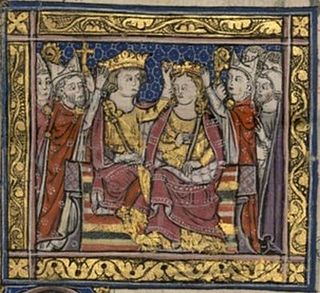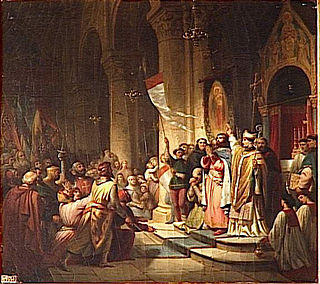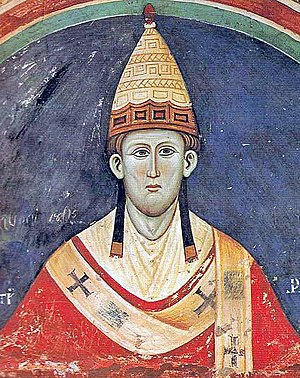The 1160s was a decade of the Julian Calendar which began on January 1, 1160, and ended on December 31, 1169.
The 1200s began on January 1, 1200, and ended on December 31, 1209.
The 1310s was a decade of the Julian Calendar which began on January 1, 1310, and ended on December 31, 1319.

Year 1215 (MCCXV) was a common year starting on Thursday of the Julian calendar.
The 1180s was a decade of the Julian Calendar which began on January 1, 1180, and ended on December 31, 1189.
The 1190s was a decade of the Julian Calendar which began on January 1, 1190, and ended on December 31, 1199.

Year 1205 (MCCV) was a common year starting on Saturday of the Julian calendar.
The 1210s was a decade of the Julian Calendar which began on January 1, 1210, and ended on December 31, 1219.

Year 1310 (MCCCX) was a common year starting on Thursday of the Julian calendar.

Year 1210 (MCCX) was a common year starting on Friday of the Julian calendar.

Year 1208 (MCCVIII) was a leap year starting on Tuesday of the Julian calendar.

Year 1207 (MCCVII) was a common year starting on Monday under the Julian calendar.

Year 1201 (MCCI) was a common year starting on Monday of the Julian calendar.

Year 1167 (MCLXVII) was a common year starting on Sunday of the Julian calendar.

Year 1160 (MCLX) was a leap year starting on Friday of the Julian calendar.

Year 1197 (MCXCVII) was a common year starting on Wednesday of the Julian calendar.

Year 1243 (MCCXLIII) was a common year starting on Thursday of the Julian calendar.

Ottokar I was Duke of Bohemia periodically beginning in 1192, then acquired the title of King of Bohemia, first in 1198 from Philip of Swabia, later in 1203 from Otto IV of Brunswick and in 1212 from Frederick II. He was one of the most eminent members of the Přemyslid dynasty.
The Crusade of 1197, also known as the Crusade of Henry VI or the German Crusade, was a crusade launched by the Hohenstaufen emperor Henry VI in response to the aborted attempt of his father, Emperor Frederick I, during the Third Crusade in 1189–90. Thus the military campaign is also known as the "Emperor's Crusade".

Henry VI, a member of the Hohenstaufen dynasty, was King of Germany from 1169 and Holy Roman Emperor from 1191 until his death. From 1194 he was also King of Sicily.













